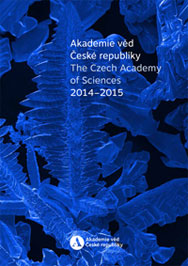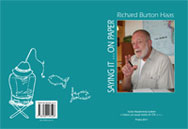 High-energy protons find application in medicine for irradiation of tumors as well as in many other science and technology fields (such as proton radiography). Very efficient acceleration of protons occurs in the hot plasma produced by a high-power laser beam focused on a target containing hydrogen. The thicker the target and the more hydrogen in it, the more accelerated protons. The ideal would be to have a laser target of pure hydrogen frozen into a solid state at temperatures as low as -261°C.
High-energy protons find application in medicine for irradiation of tumors as well as in many other science and technology fields (such as proton radiography). Very efficient acceleration of protons occurs in the hot plasma produced by a high-power laser beam focused on a target containing hydrogen. The thicker the target and the more hydrogen in it, the more accelerated protons. The ideal would be to have a laser target of pure hydrogen frozen into a solid state at temperatures as low as -261°C.
Hot plasma with a temperature of millions of degrees and hydrogen ice - how does that go together?
A group of Czech and foreign physicists at the PALS laser facility in Prague, a joint laboratory of the Institute of Plasma Physics ASCR and the Institute of Physics ASCR, has demonstrated that it goes very well. On Monday, August 24, 2015 they, as the first in the world, used pure hydrogen ice as a laser target, produced hot hydrogen plasma on it and accelerated in it protons to high energies.


Left: Ribbon of hydrogen ice. Right:Interferogram of the proton plasma (actual size about 2 mm by 2 mm).
The credit for this result belongs to the team of workers from the French laboratory INAC/SBT of the CEA, who developed for PALS a special helium cryostat capable of producing a continuous ribbon of hydrogen ice, to ELI (Extreme Light Infrastructure) associates, who participated in preparation of the cryostat and of measurements of accelerated protons and, of course, to the PALS team, which prepared and realized the experiment.
The proof of principle of using hydrogen ice as a laser target for accelerating protons has been
given, further investigations in this area will continue at the PALS laboratory in autumn. In the
future it is planned to use this method on a large scale at the European laser facility ELI in
Dolni Brezany.
Foto: Stanislava Kyselová, Akademický bulletin
27 Aug 2015


 Česky
Česky
































